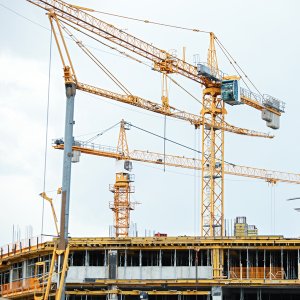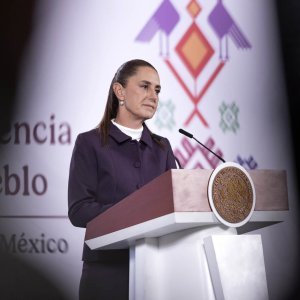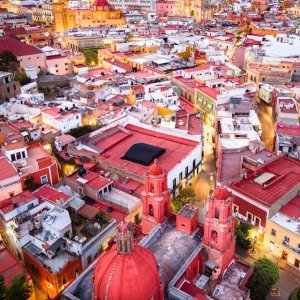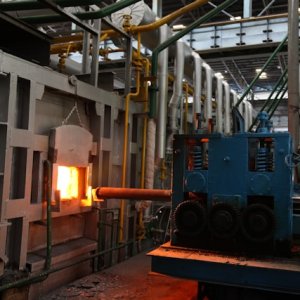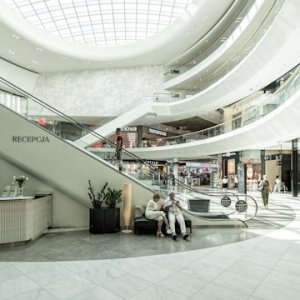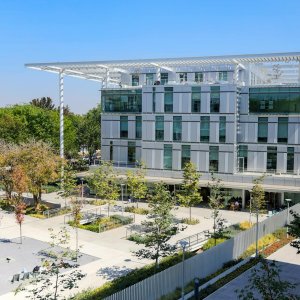Mexico to Lead in Sustainability and Infrastructure

STORY INLINE POST
Mexico may not be the first country that comes to mind when listing the greenest countries on the planet or even in Latin America. But it could become a sustainability champion because of the exponential increase in the number of certified green buildings the country has seen in recent years. Revitaliza Consultores wants to continue contributing to this trend by helping clients obtain LEED and other certifications. “In 2011, there were only 11 LEED-certified buildings in Mexico and now there are more than 700, which is a considerable improvement,” says Alicia Silva, Founder and Director General of the green consulting firm.
There are several factors that promote the adoption of sustainable practices in Mexico. According to Dodge Data & Analytics’ World Green Building Trends 2016 Report (WGBT16), the positive impact that green policies have on business is the most important. Silva points to the country’s several international commitments to sustainability, with COP21 and COP22 being the most recent and important, as a foundation for the adoption of sustainable practices in construction and other sectors. To meet these commitments, Silva proposes that the country raise the bar on standards. “Mexico and Latin America in general are ready to compete in markets with higher sustainability standards,” she says. To this end, Revitaliza Consultores offers a series of consulting services on sustainability and energy efficiency to help its clients achieve certifications that include LEED, LEED for Homes, EDGE and WELL.
The company is working on several key projects, such as the commissioning of NAICM and airports in Cancun and Colombia, the certification of several IMSS hospitals in Sonora and the Bajio region and a cooperation with tequila company José Cuervo toward a Sustainable Sites certification related to onsite infrastructure management. Silva says Revitaliza’s certification efforts on the José Cuervo project were complemented by the Parksmart certification the project received, which is related to how parking is handled. As part of its recertification portfolio, the company is applying the Arc data management platform in Torre Mayor, which helps the building achieve a higher LEED score. Mexico leads the world in terms of expected commercial green activity, according to WGBT16. But there are challenges that must be faced in the infrastructure and real estate industry. Among them, Revitaliza Consultores underlines transparency and specialized training. “There are several projects that are implementing stringent measures to avoid corruption, including NAICM,” says Silva. “In this project, the tendering and Request for Proposals (RFP) processes were completely straightforward.” On training and education, Revitaliza Consultores has noticed a lack of education and skills among some employees. To overcome this, the company imports appropriate personnel that can train Mexican workers to develop the skills that are necessary for commercial green activities. Silva says doing so enables these capabilities to stay in the country and to improve domestic competitiveness.
Silva explains that tourism was one of the sectors initially reluctant to adopt LEED certifications because of regulatory restrictions, but developers are starting to implement sustainability programs in their projects. A proposal for 150 hotels in the portfolio of a major hotel chain in Mexico was recently submitted to Revitaliza Consultores. For Silva, this demonstrates that the industry is addressing sustainability not as an add-on but as a centerpiece of business. “A great paradigm change had to take place, it was a case of learning from the experience of others before investing,” she says. “The LEED certification has already been available for over 10 years and we are seeing increasing numbers of Mexican companies that are ready for it, and that the number of certified buildings has grown exponentially.”
There are new sustainability certifications, such as Net Zero Energy Building (NZEB) and Living Building Challenge (LBC), yet Silva believes their adoption is unlikely in the immediate term. “Those new standards are so ambitious that LEED now seems almost easy to obtain,” she says. Both NZEB and Living Building are sustainability certifications created by the International Living Future Institute. NZEB focuses on buildings obtaining energy from renewable sources installed on-site and LBC focuses on every aspect of sustainability, ranging from net-zero energy and water to health, aesthetics and equity. The main problem with these certifications is not the absence of technology but the slower ROI.







